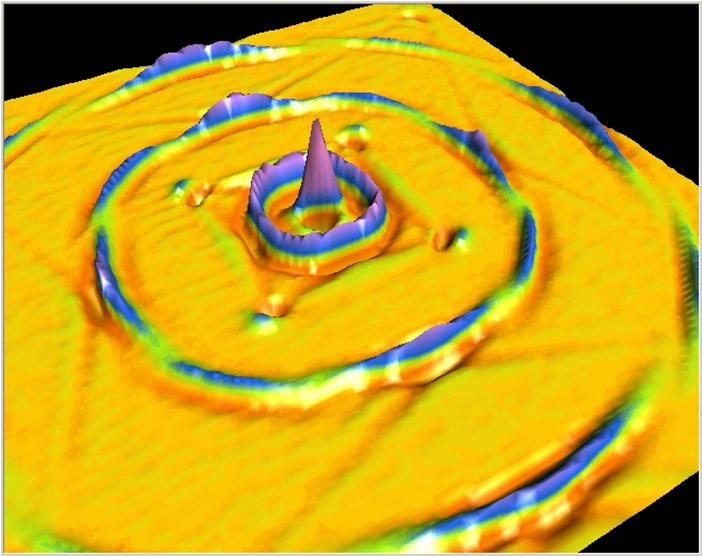Bulk acoustic wave (BAW) filters are crucial components in electronic devices like smartphones, tablets, Wi-Fi routers, and communication systems. They are responsible for generating smooth and reliable high-frequency radio signals, particularly for 5G communications. As such, they play a vital role in ensuring efficient communication and data transmission.
BAW filters are commonly utilized in the radio frequency front ends of various devices, including wirelessly connected magnetoelectric transducer antennas. Additionally, these filters find applications in physical sensors, actuators, and biochemical sensors.
However, a well-known issue that can arise in BAW filters used in high-power applications is the self-heating effect. When powered, these filters experience self-heating, leading to a degradation in performance known as insertion loss, which refers to a decrease in signal power. In a study published in the International Journal of Nanomanufacturing, researchers investigated this phenomenon with the aim of mitigating its detrimental effects and enhancing the overall efficiency and durability of BAW filters.
The study was conducted by Bin Ruan and Tingting Liu from the Southwest University of Science and Technology in Mianyang, along with Shaohua Yang, Qinwen, and Weiheng Shao from the China Electronic Product Reliability and Environmental Testing Research Institute in Guangzhou, and Ming Wu from Pandhus Microsystem Co., Ltd, also based in Mianyang, China. The research team designed a dedicated test system to measure the maximum surface temperature and insertion loss of BAW filters at different power levels.
Their tests revealed a simple yet significant finding: as power levels increased, so did the heating and, consequently, the insertion loss. This correlation between higher power and greater insertion loss represents a fundamental trade-off in filter design. As power levels rise, the components of the filter experience increased stress, resulting in higher losses.
Armed with this knowledge, researchers can explore various approaches to mitigate insertion loss while maintaining adequate power handling capabilities. For instance, alternative materials can be chosen, fabrication techniques can be refined, and innovative filter configurations can be implemented. By incorporating advanced materials with improved thermal properties or optimizing the geometry of the filter structure, it may be possible to dissipate heat more effectively and reduce losses at higher power levels.
Overall, this study highlights the importance of investigating and addressing the self-heating effect in BAW filters. By understanding the relationship between power levels and insertion loss, researchers can work towards developing more efficient and durable filters, thereby improving communication systems and devices.
*Note:
1. Source: Coherent Market Insights, Public sources, Desk research
2. We have leveraged AI tools to mine information and compile it




